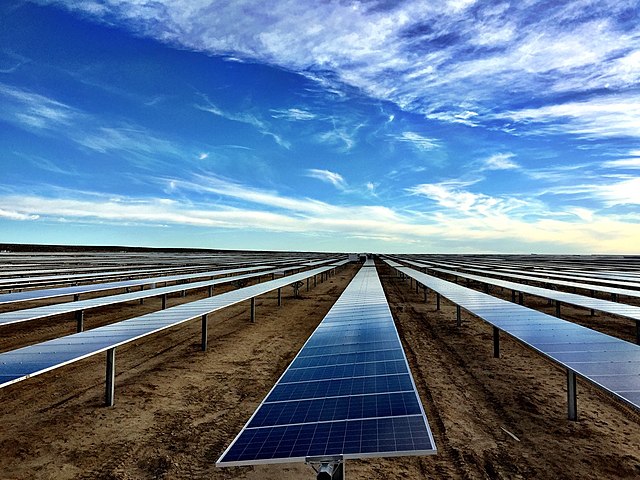Scientists at the University of Zaragoza in Spain have developed a techno-economic model to assess the technical and economic viability of green hydrogen production via electrolyzers powered by photovoltaic plants operating under power purchase agreements.
The group described the proposed system configuration in “Techno-economic model and feasibility assessment of green hydrogen projects based on electrolysis supplied by photovoltaic PPAs,” which was recently published in the International Journal of Hydrogen Energy. They said that a grid-connected PV plant could sell power to the wholesale electricity market, with the hydrogen facility buying electricity at the hourly prices marked by the pool.
“Following this, the differences in price will be resolved (normally every month) between the agents to maintain the agreed price of the PPA (PPPA),” the researchers said. “This is done so that for every hour, every entity will need to issue or receive a payment to the other, which maintains the PPPA value. In particular, for the case of a financial PPA ‘as produced,’ the consumer will be obliged to purchase an agreed percentage, or all energy produced in the renewable energy plant at the fixed price PPPA to the producer with hourly matching.”
The modeling considers a financial “as produced” PPA with a “take or pay” clause. It shows that there are moments when the electricity volume purchased from a PPA can exceed the demand from an electrolysis plant, with the operator of the electrolyzer selling excess power to the spot market or other consumers. It also considers funding structures, project stakeholders, and sources of capex and opex. The hydrogen plant is assumed to be based on alkaline technology and is equipped with compression and storage equipment.
In order to validate its model, the group investigated a case study of a 10 MW solar plant in Spain supplying power to a green hydrogen plant under a 20-year PPA at a price of €0.035 ($0.037)/kWh. The electrolyzer is assumed to a nominal power of 5 MW and an overall system efficiency of 50 kWh/kg. It is also expected to sell 600 tons of hydrogen per year at a price of €6/kg.
“In order to maintain the electrolysis consumption required to produce the demanded hydrogen amount within the 72-hour time window, the consumption from PV power is prioritized while additional electricity is imported from the grid in moments when the wholesale market prices are low,” the scientists said.
The academics concluded that a reliance on PPAs raises the return rate of a solar-powered green hydrogen project. They added that increasing or even doubling the size of the electrolyzer is a key move to achieve this goal.
“Another important aspect is the negotiation of the PPA price, which is typically lower for ‘as produced’ contracts,” they explained. “For a project similar to the case study in this paper, a €5/MWh difference in the agreed PPA price may mean up to €0.13/kg.”
They said access to exemptions in network access tariffs and public funding in the form of grants to the capex could help make such a business model being viable in the future.
“The results show that PPAs are an enabling mechanism for sustaining green hydrogen projects,” they said.
This content is protected by copyright and may not be reused. If you want to cooperate with us and would like to reuse some of our content, please contact: editors@pv-magazine.com.




2 comments
By submitting this form you agree to pv magazine using your data for the purposes of publishing your comment.
Your personal data will only be disclosed or otherwise transmitted to third parties for the purposes of spam filtering or if this is necessary for technical maintenance of the website. Any other transfer to third parties will not take place unless this is justified on the basis of applicable data protection regulations or if pv magazine is legally obliged to do so.
You may revoke this consent at any time with effect for the future, in which case your personal data will be deleted immediately. Otherwise, your data will be deleted if pv magazine has processed your request or the purpose of data storage is fulfilled.
Further information on data privacy can be found in our Data Protection Policy.